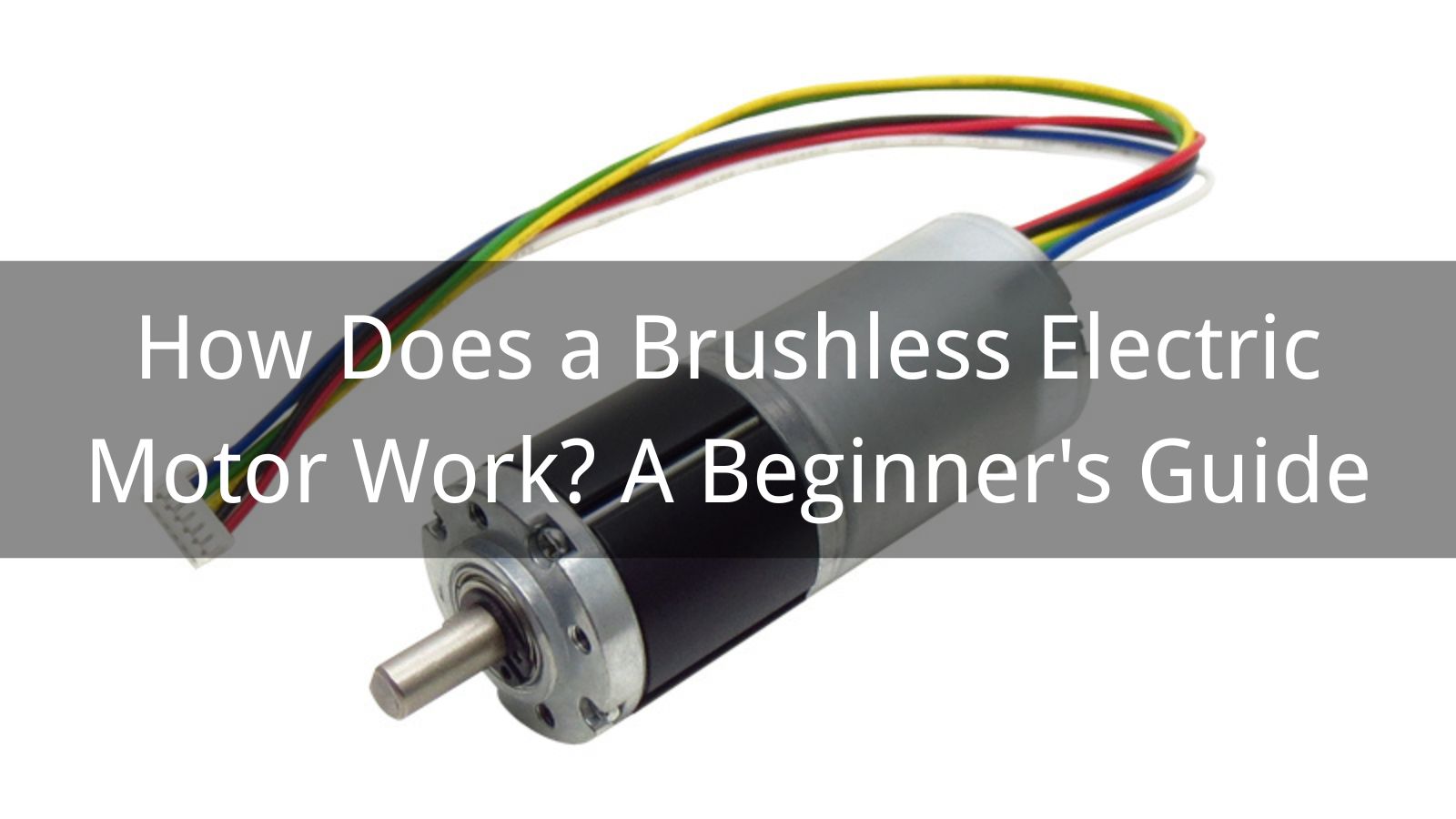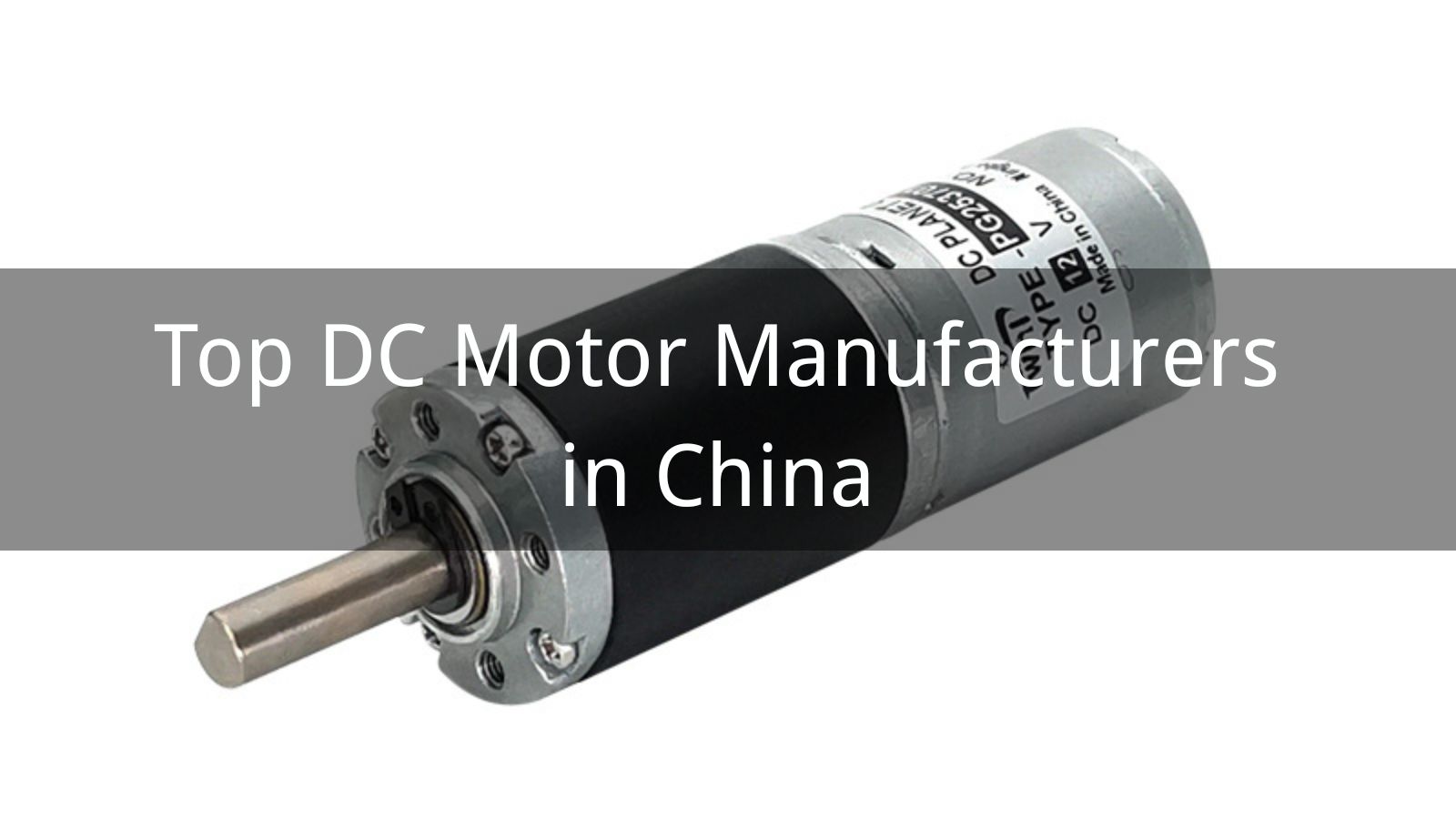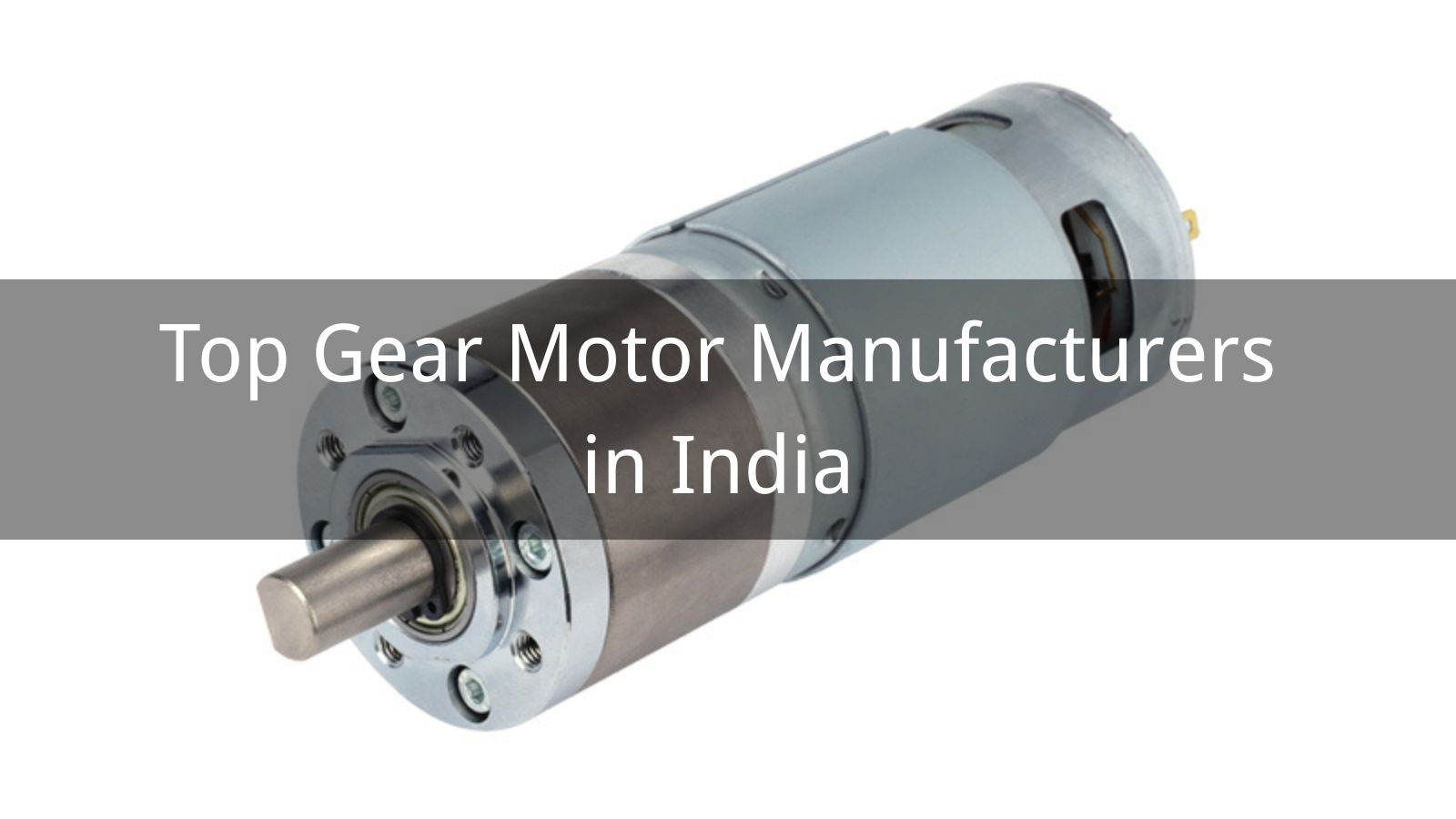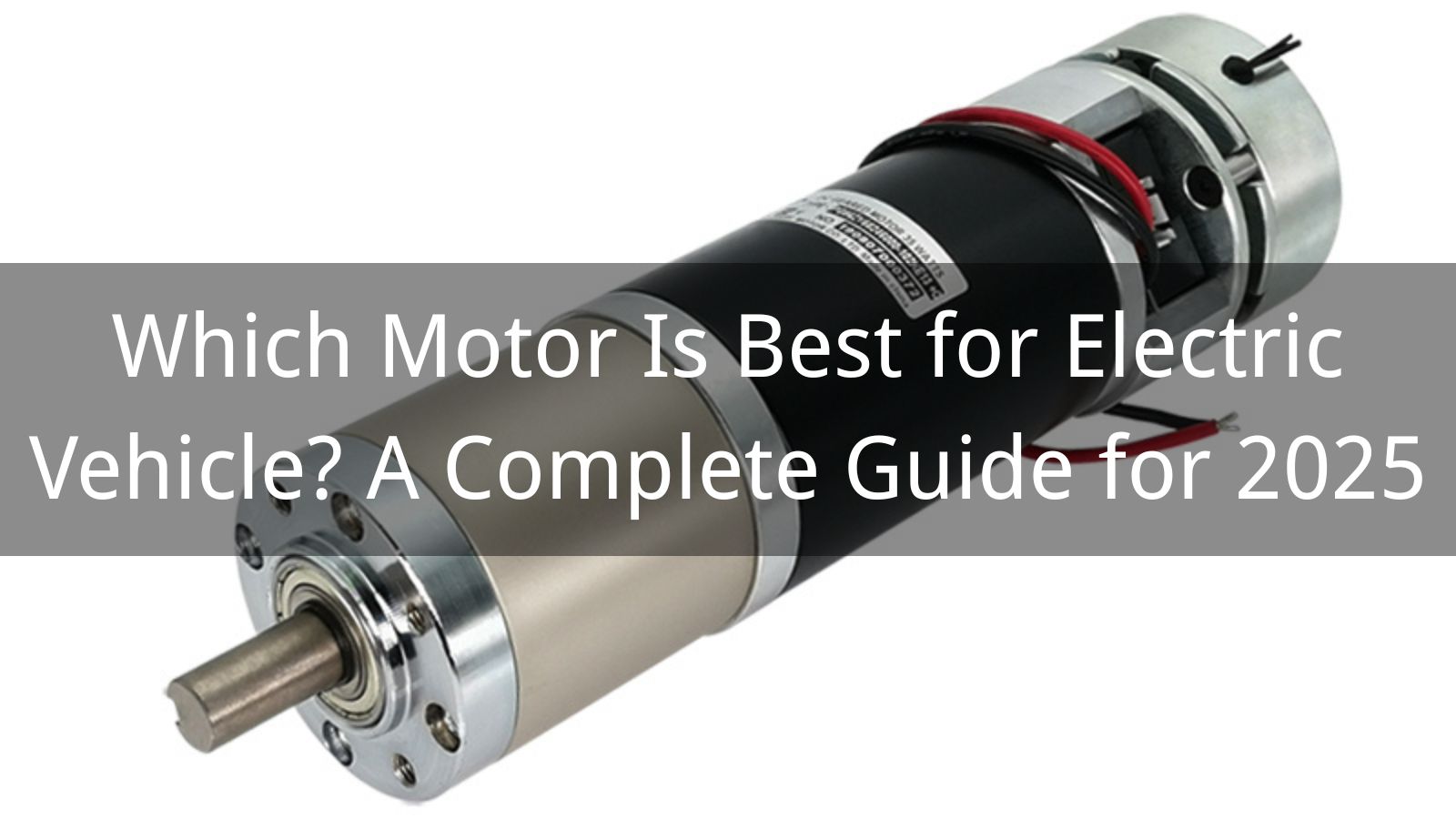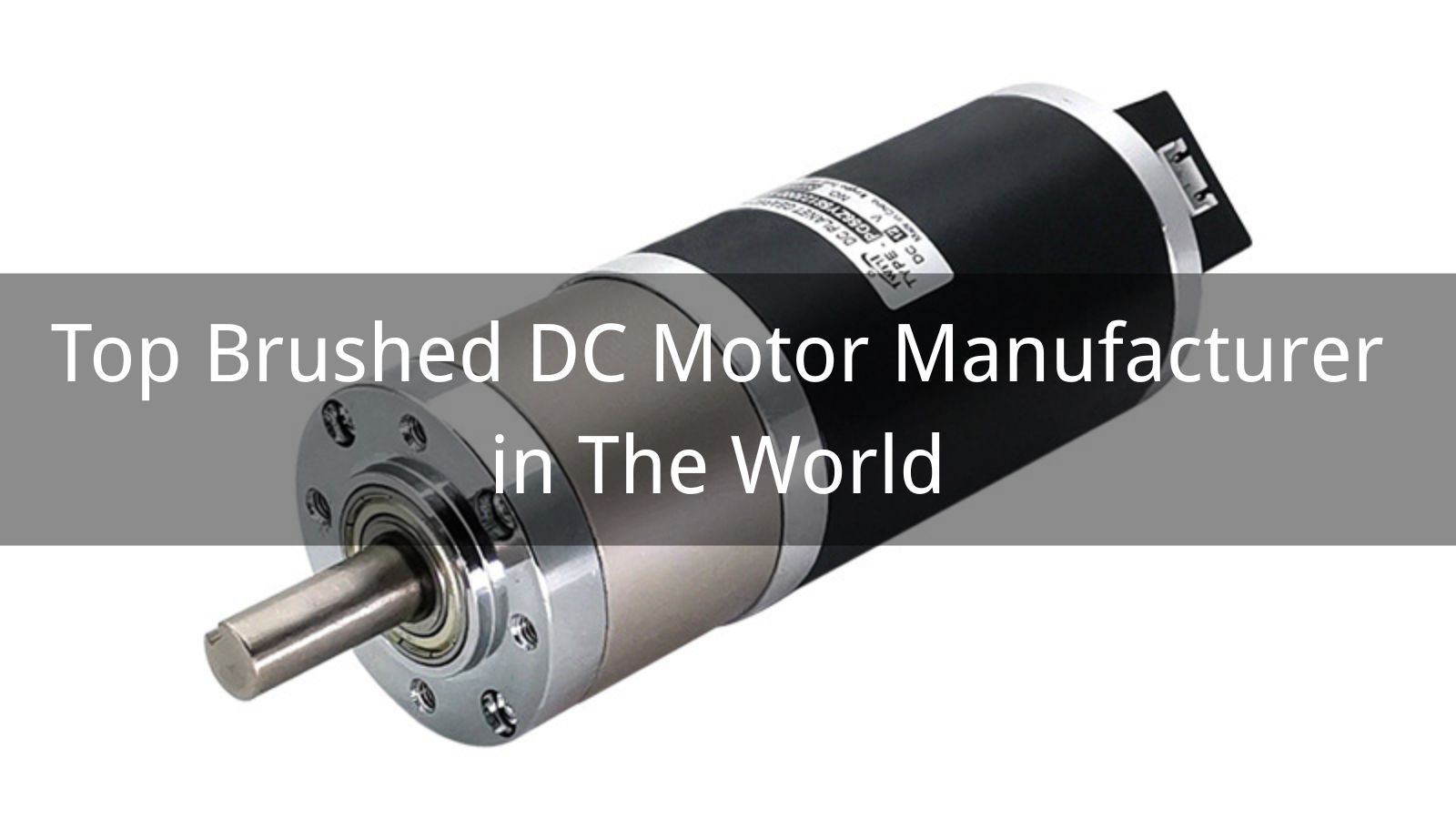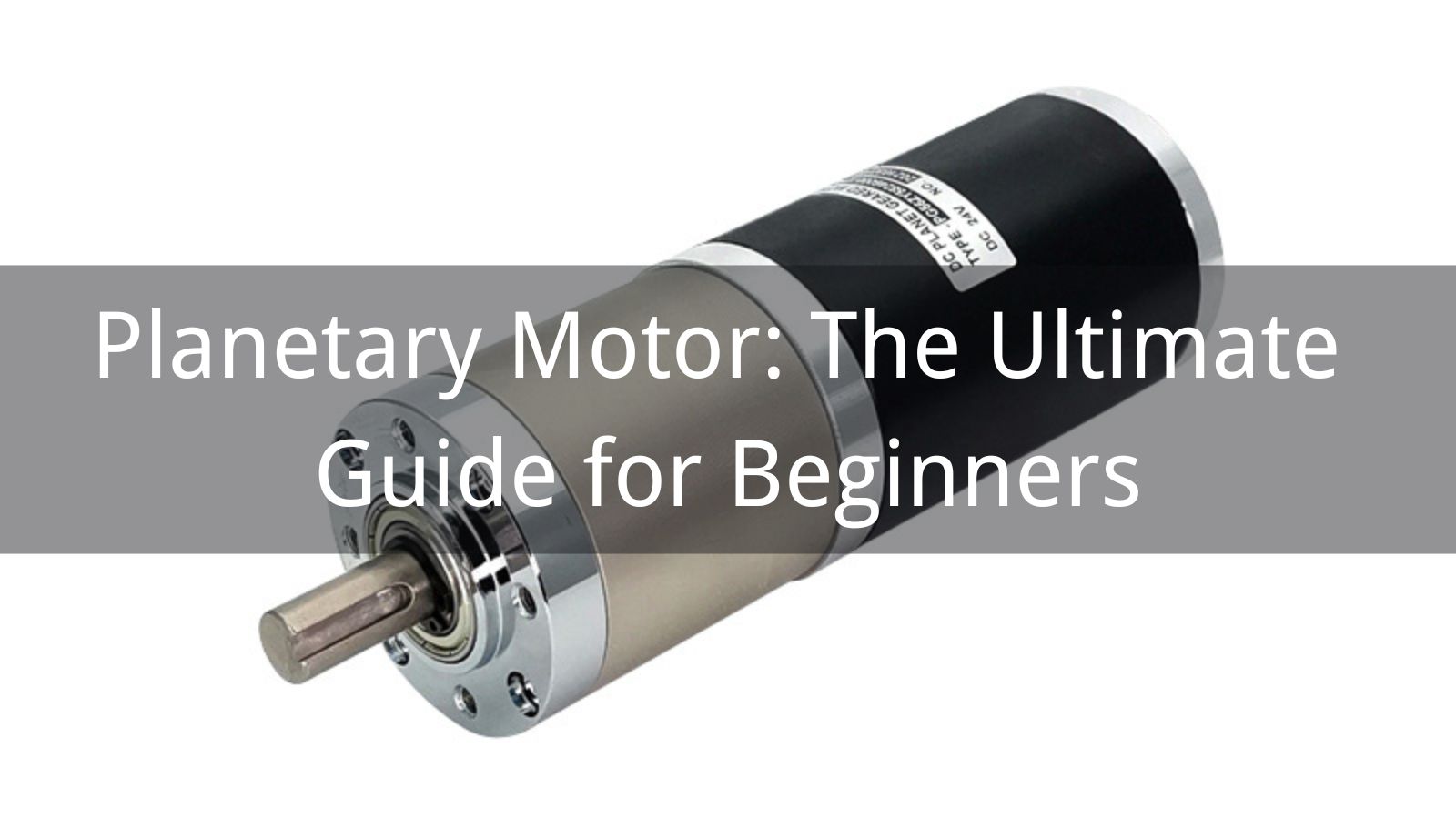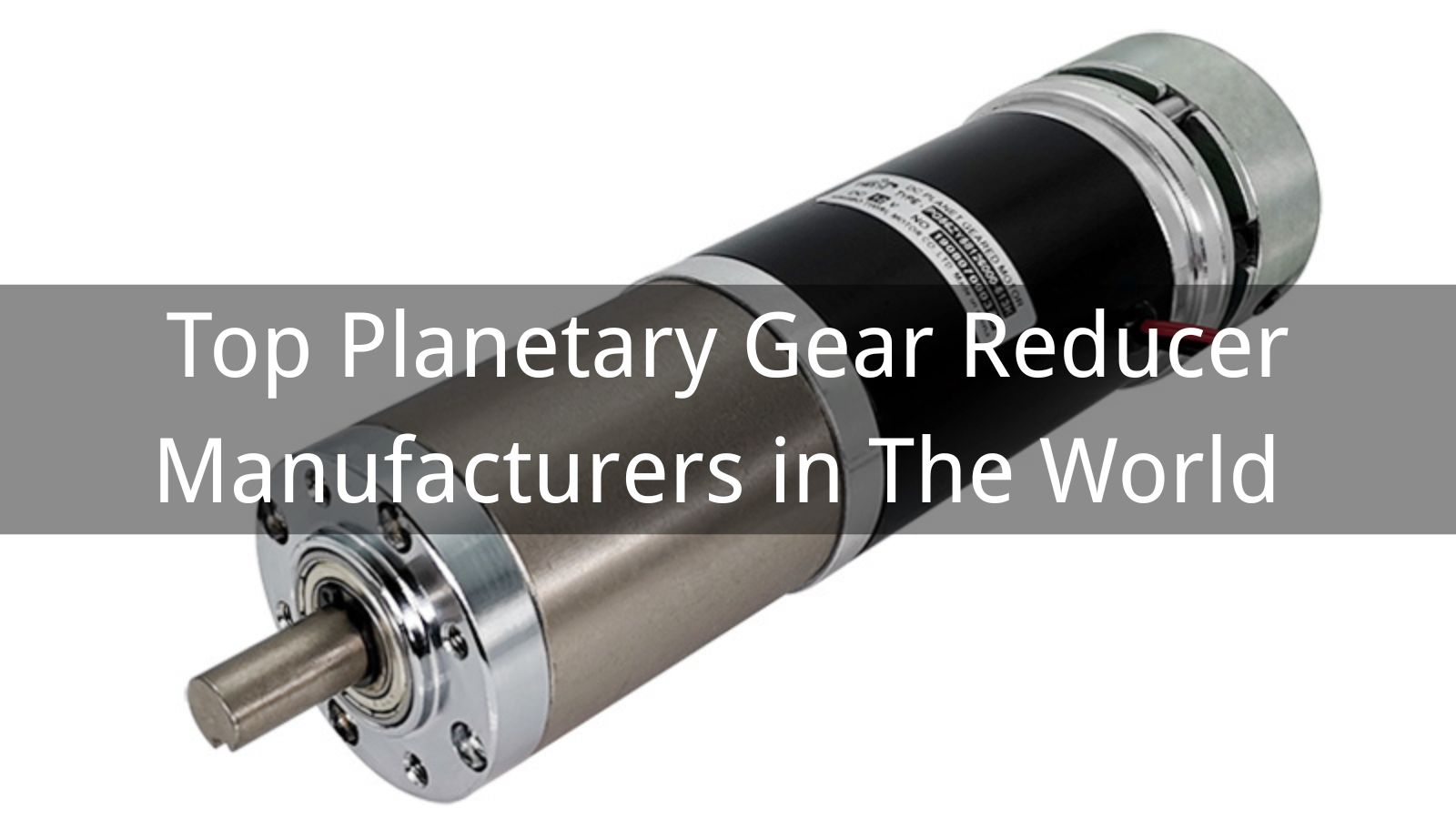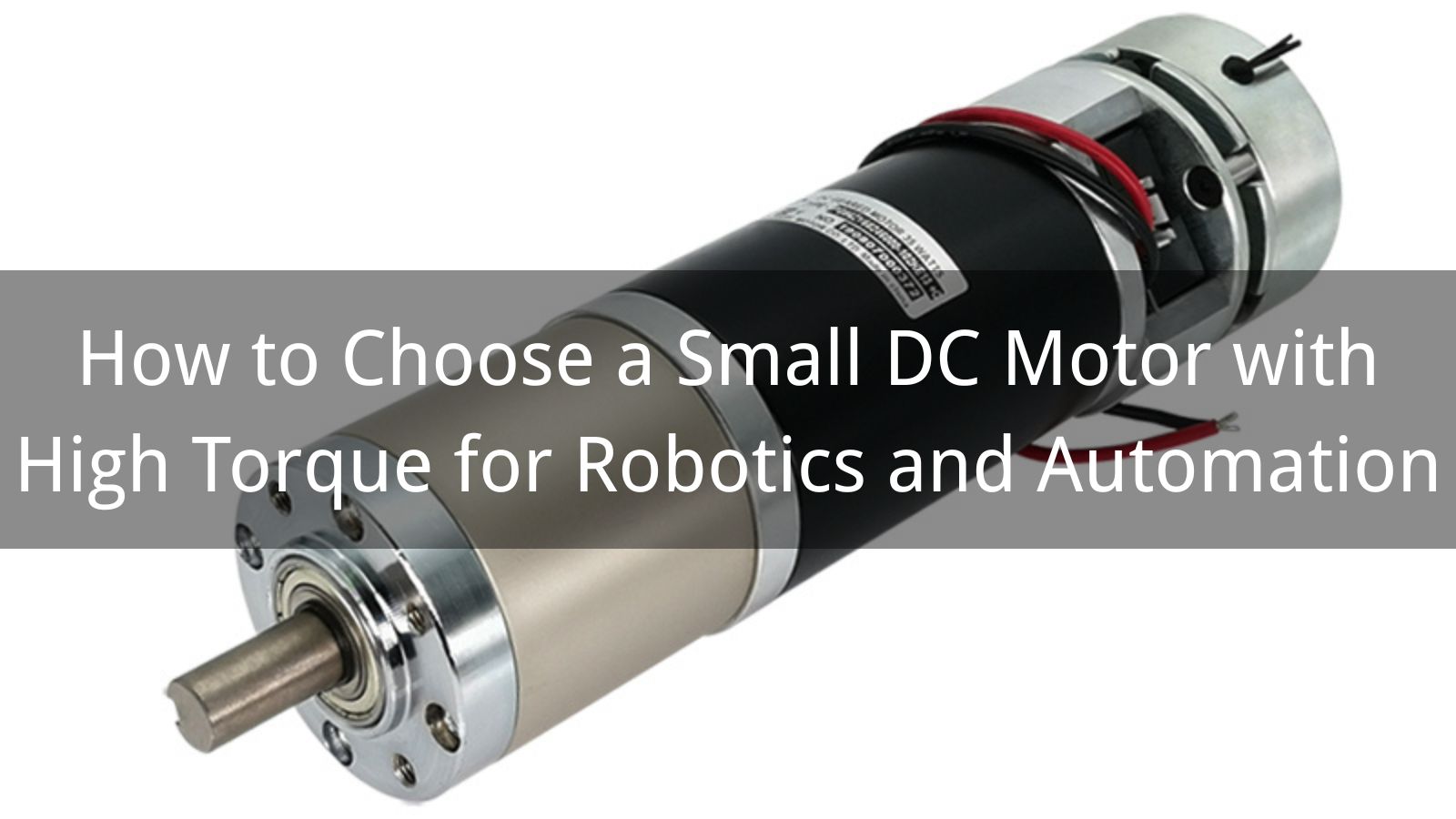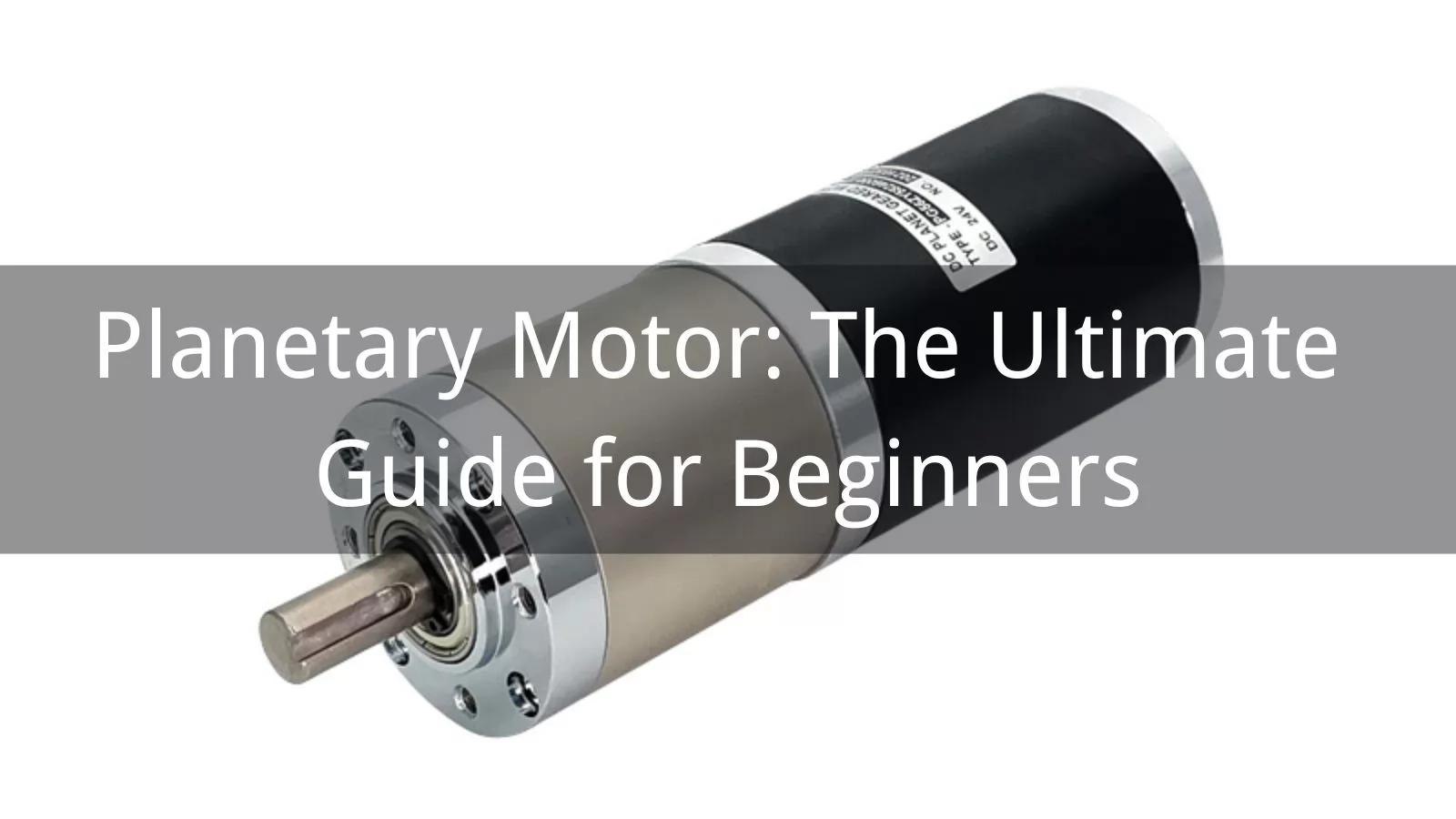
A planetary motor, often called a planetary gear motor, is a compact yet powerful drive system engineered for applications that require high torque, precision control, and long-term durability. Its distinctive design—featuring a sun gear, multiple planet gears, and an outer ring gear—allows for efficient torque transmission and exceptional load distribution in a remarkably small footprint.
Compared with conventional motors, planetary gear motors offer up to 97% transmission efficiency, higher torque density, and smoother motion with minimal backlash, making them ideal for robotics, automation lines, industrial machinery, and electric vehicles (EVs). Whether you're a mechanical engineer, OEM manufacturer, or automation designer, understanding how planetary motors work and what makes them superior can help you select the right gear motor for your application, improve performance, and reduce maintenance costs.
In this updated 2025 guide, you'll learn what a planetary gear motor is, how it works, the different types available, and how to choose the optimal configuration for your project—supported by real data, comparison charts, and practical examples from leading industries.
A planetary motor, also known as a planetary gear motor, is a type of gear motor that uses a planetary gear system to deliver exceptionally high torque output within a compact and efficient design. Its name comes from the gear arrangement — a central sun gear drives multiple planet gears that rotate inside a ring gear, all connected by a carrier. This unique configuration ensures smooth power transmission, balanced load distribution, and high mechanical efficiency, often exceeding 90–97% depending on design quality.
In comparison to conventional spur or worm gear motors, a planetary gear motor provides higher torque density, reduced backlash, and longer service life, making it ideal for precision motion control and space-limited applications. Because of these characteristics, it’s widely used in robotics, industrial automation, electric vehicles (EVs), medical devices, and smart manufacturing systems that require both power and accuracy.
Thanks to its durability, low noise, and versatile torque range, the planetary gear motor has become one of the most reliable drive solutions for engineers and designers who need consistent performance under demanding conditions. Whether your project involves heavy-duty machinery or miniature actuators, a well-selected planetary gear motor offers the perfect balance of power, precision, and efficiency for modern mechanical and automation applications.
A planetary gear motor operates through a precise planetary gear system designed to deliver high torque and efficiency in a compact form. At the center of the mechanism is the sun gear, which transmits power to several planet gears that rotate around it. These planet gears are supported by a carrier and mesh with an outer ring gear, forming a closed system known for excellent load distribution and torque density.
When the sun gear turns, the planet gears orbit within the ring gear, sharing the load evenly across multiple contact points. This gear engagement design minimizes backlash and enhances energy transfer, allowing the planetary motor to achieve efficiency levels above 95% in many configurations. Because the torque is distributed among multiple gears, wear and mechanical stress are reduced, which leads to longer service life and quiet operation compared with spur gear motors or worm drive systems.
The compact structure of the planetary gearbox allows for high torque output without increasing overall size, making it ideal for space-limited applications such as robotic arms, industrial automation systems, electric vehicles (EVs), and precision instruments. Its ability to maintain consistent rotational speed, smooth motion control, and high efficiency under heavy loads explains why planetary gear motors are preferred in demanding motion-control environments.
In short, the planetary motor working principle—a combination of sun, planet, and ring gears operating in harmony—creates a powerful yet compact drive solution that balances strength, efficiency, and reliability for modern engineering needs.
A DC planetary gear motor offers precise control, compact design, and high torque density, making it ideal for robotics, automation, and smart devices. Both brushed and brushless planetary motors deliver smooth speed regulation and long lifespan. Commonly used in conveyor robots and actuators, it provides efficiency, low noise, and stability in motion control systems.
An AC planetary gear motor is preferred for industrial automation requiring stable speed and high torque output. Designed for heavy machinery, conveyors, and pumps, it ensures consistent performance under continuous operation. Its durable gearbox and smooth torque transmission make it a reliable choice for industrial planetary motor applications across manufacturing and logistics systems.
The miniature planetary gear motor combines compact size with remarkable torque performance. Perfect for medical equipment, drones, and robotics, it delivers precise motion in limited spaces. These small planetary motors feature low backlash, high efficiency, and quiet operation, making them suitable for advanced automation and portable devices where precision is key.
A high-torque planetary gear motor is engineered for heavy-duty and high-load applications. Reinforced gears and optimized gear ratios ensure powerful output and long-term reliability in automotive, aerospace, and construction machinery. This heavy-duty planetary motor delivers exceptional torque density, superior strength, and consistent performance even in the most demanding environments.
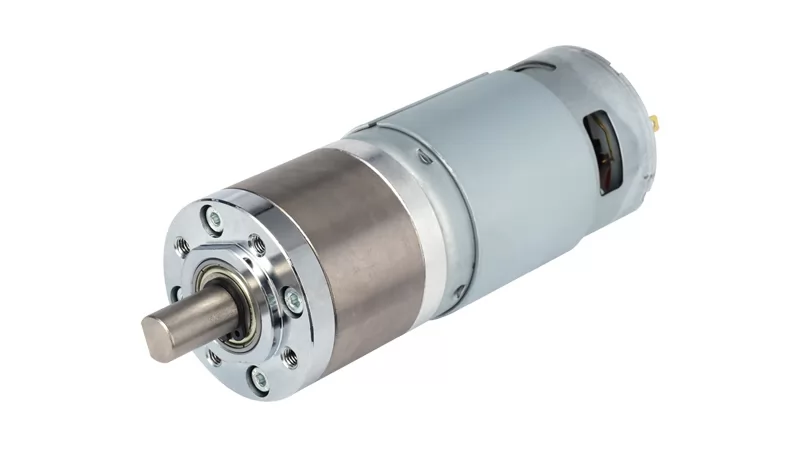
A planetary gear motor offers exceptional high torque in a compact structure. Its unique planetary gear arrangement distributes loads evenly, maximizing torque density and efficiency. This makes the planetary motor ideal for robotics, EV drivetrains, and industrial automation systems requiring strong power in limited spaces.
The planetary motor achieves higher efficiency and smoother power transmission than traditional gear motors. Its multiple gear contact points minimize energy loss and vibration, providing stable, reliable motion for automation, conveyor lines, and medical equipment where performance consistency is crucial.
A planetary gear motor is built for long-term durability and continuous operation. Its balanced gear engagement reduces friction and wear, extending service life even in harsh conditions. This makes the planetary motor a cost-effective choice for aerospace, heavy-duty, and industrial machinery applications.
With minimal backlash and balanced design, the planetary gear motor delivers high precision motion control. Its smooth output ensures accurate positioning and stable performance, ideal for robotics, CNC machines, and laboratory automation where repeatable accuracy and responsiveness are essential.
Planetary gear motors are essential in robotics, industrial automation, electric vehicles (EVs), and precision motion control systems. Their compact design and high torque density enable smooth, accurate movement in robot arms, conveyor systems, CNC machines, and automotive actuators.
Widely used in aerospace, defense, medical, and laboratory automation, planetary motors deliver reliable performance, low vibration, and long-term durability. From robotic joints to EV drivetrains, these versatile planetary motors provide efficiency, precision, and space-saving solutions for demanding applications across multiple industries.
When selecting the ideal drive system for your project, it’s crucial to compare a planetary motor with other common types such as DC motors, stepper motors, worm gear motors, and spur gear motors. Each offers unique strengths, but planetary gear motors often stand out for their high torque density, efficiency, and compact structure.
A planetary gear motor delivers significantly higher torque output in a more compact housing compared to a standard DC motor. The integrated planetary gear system evenly distributes load across multiple gears, providing smoother power delivery and improved torque-to-size ratio, ideal for robotics, automation systems, and industrial equipment requiring precision and durability.
While stepper motors are known for precise position control, they often suffer from lower efficiency and torque limitations at high speeds. In contrast, a planetary gear motor maintains consistent torque, offers smoother rotation, and reduces vibration — making it the preferred choice for continuous-motion applications and servo systems that demand efficiency and accuracy.
Worm gear motors excel in self-locking ability and high holding torque at low speeds, making them suitable for lifts or gate automation. However, their efficiency drops sharply under load due to sliding friction. A planetary motor, with its rolling contact design, achieves efficiency above 90% and transmits power more effectively, resulting in less heat generation and longer lifespan for heavy-duty use.
Spur gear motors are simple and cost-effective, but they lack the load-sharing capability and durability of planetary gear systems. Under heavy or intermittent loads, spur gears tend to wear faster. Planetary motors, by contrast, distribute torque across multiple planet gears, ensuring balanced load handling, greater reliability, and compact efficiency even in space-limited designs.
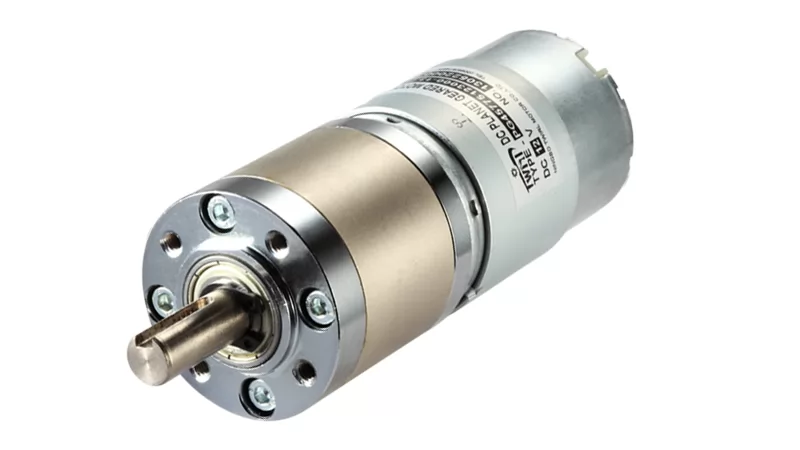
Choosing the right planetary motor is essential for achieving efficiency, precision, and long-term reliability in robotics, automation systems, and industrial equipment. When selecting a planetary gear motor, analyze key parameters such as torque, speed, load capacity, voltage, and gear ratio. For heavy-duty machinery, opt for a high-torque planetary gear motor; for compact or medical devices, a miniature planetary motor ensures smooth, quiet performance.
Evaluate motor efficiency, durability, and backlash to ensure compatibility with your drive system. Following a professional planetary gear motor selection guide helps engineers compare specifications, optimize performance, and reduce maintenance costs. By matching motor design to application requirements, you secure stable output, longer service life, and superior ROI across diverse applications.
The future of planetary motors is set to be driven by innovation, efficiency, and smart automation. Advanced planetary gear motor designs are increasingly focused on higher torque density, compact size, and energy efficiency for robotics, electric vehicles, and industrial automation. Emerging trends include integration with IoT and Industry 4.0 systems, improved materials for reduced wear, and smart monitoring for predictive maintenance.
Engineers are also exploring quieter planetary gear motors with minimal backlash, optimized for precision applications. Staying ahead in planetary motor technology ensures competitive advantages in modern automated and electric systems.
Planetary gear motors stand out for their high torque density, compact structure, and exceptional efficiency, making them the best choice for robotics, automation, and precision machinery. Compared with worm or spur gear motors, a planetary motor provides smoother motion, higher power transmission efficiency, and longer operational life. As smart manufacturing and industrial automation continue to evolve, choosing the right planetary gear motor ensures reliability, accuracy, and long-term performance.
Explore our high-quality planetary motors or contact us today for a customized solution to upgrade your drive system.
